Tesco: A digital transformation
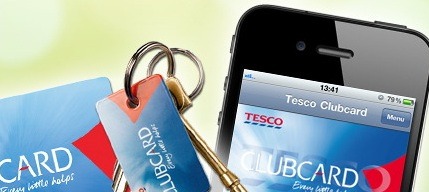
Tesco is the leading grocer in the UK, accounting for 25% of all grocery sales offline and 43% of all grocery sales online [1]. In the last 15 years, Tesco has digitally transformed their customer experience, business model and operating model through investments in a state-of-the-art website with click-and-collect functionality, a digitalized in-store experience and a data-driven customer loyalty platform.
How is Tesco using technology to differentiate their Business and Operating Model?
Tesco has continually been investing in technology to develop an omnichannel customer experience and to maintain a competitive edge in an increasingly digitized UK grocery landscape. Three technological advancements that have created opportunities, as well as some challenges, for Tesco have been:
- Moving from ‘bricks and mortar’ to ‘bricks and clicks’ with the emergence of Tesco Direct, an online grocery platform with ‘click-and-collect’ functionality
In the early 2000s, the UK was prime for online grocery shopping and home delivery due to high technology adoption rates and areas of high population density. In 2000, Tesco was quick to respond to this opportunity, adapting their business model by establishing an online grocery channel, ‘Tesco Direct’ (Exhibit 1) [2]. By 2006, online sales were rapidly growing (CAGR of 23%) and in order to meet fulfilment demands, Tesco augmented their operating model by investing in ‘grocery dotcom centres’ [3], warehouses solely for online order fulfilment purposes equipped with innovative ‘goods to person’ picking technology (Exhibit 2) [4]. In 2011, to offer further convenience to customers and to improve business model profitability through lowering home delivery costs, Tesco led the competitive pack by offering an omnichannel ‘click and collect’ function, whereby customers placed orders online and collected bagged groceries at a collection point of their choice. Despite revenue upside, the shift to a ‘bricks and clicks’ omnichannel offering came with challenges for Tesco’s operating model: heavy investment in development of an online platform, investment in ‘grocery dotcom centres’ (approximately £1.5-3.5M per warehouse) [5], investment in a home delivery labour force and supply chain ordering difficulties due to inaccurate forecasting of online grocery orders given a lack of historical data.
Exhibit 1: Tesco Direct online website [2]
Exhibit 2: State of the art goods-to-person picking technology [6]
- Implementation of a digitalized in-store experience
To improve the efficiency of Tesco’s operating model, Tesco invested in digital in-store initiatives. ‘Scan as you shop’ handheld devices (Exhibit 3) and self-check-out stations (Exhibit 4) were placed adjacent to the usual employee manned check-out stations to provide customers with the technology to perform the check-out function without involvement from Tesco employees [7]. From a business and operating model perspective, this results in efficiency cost savings as fewer employees are required to perform manual check-out [7]. However, self-checkout has not come without challenges – the lack of employee supervision has led to significant levels of fraud for Tesco (approximately ~£8M per year) [8]. Tesco is combating this thievery through digital receipt technology and specialized cameras at self-checkout stations to alert staff real-time to ‘irregular’ customer scanning activity [8].
Exhibit 3: Scan as you shop handheld device [9]
Exhibit 4: Self Service Checkout [10]
In addition, in-store video cameras, such as the ‘broccoli cam’ (Exhibit 5), detect when fruit and vegetable trays in the fresh foods aisles are depleted, sending instant messages to the shop-floor employees for immediate replenishment [7]. Electronic shelf-edge labels (Exhibit 6) circumvent the need for Tesco employees to change 5-10 million paper labels monthly, freeing up valuable employee time to focus on serving customers [7, 11]. Moreover, electronic shelf-edge labels allow for instantaneous price-changes throughout a given day, allowing Tesco to implement promotional prices at a moment’s notice. Finally, employees are equipped with portable smart badges which, upon scanning an item, provide employees with information on stock levels and further product details, allowing shop floor employees to answer customer queries live [7].
Exhibit 5: Tesco’s ‘Broccoli cam’ [7]
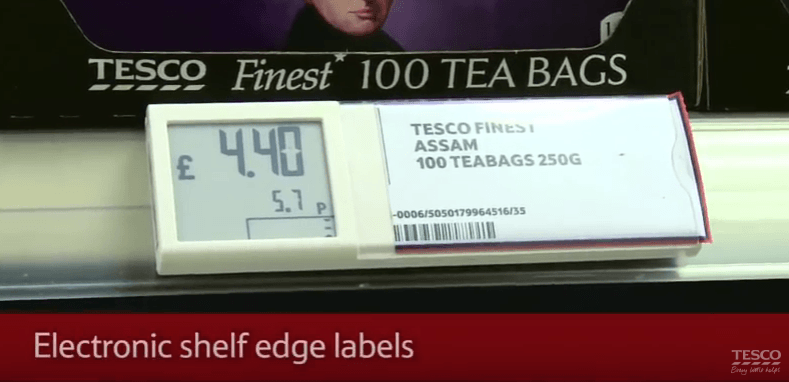
Exhibit 6: Electronic shelf edge labels [7]
- Development of Tesco Clubcard – a sophisticated data-driven customer loyalty scheme
The Tesco Clubcard loyalty scheme tags a unique customer ID to every purchase, resulting in the amalgamation of millions of customer purchasing data points [13]. Tesco leverages big data analytics and algorithms to adapt the supply chain and product offering to purchasing trends, predict future customer purchasing habits and generate personalized online and offline discounts [14]. This has created opportunities for Tesco’s business and operating model as approximately 16.5 million customers subscribe to Clubcard in the UK, driving greater customer lifetime value and loyalty through repeat purchases due to personalized discounts and allowing greater accuracy into forecasting customer demand by region and product category [5].
What additional steps Tesco should consider implementing?
Moving forward, Tesco needs to leverage smartphone technology to digitally innovate the in-store customer experience by equipping customers with knowledge and personalization in-store. For example, the existing Tesco App could be expanded provide a functionality to help customers locate specific items within superstores and to replace the ‘scan as you shop’ handheld devices for a seamless digital experience using digital wallets. This could create an operating model opportunity by further decreasing in-store headcount and costs. Finally, Tesco could overcome the difficulties users face scanning barcodes in self-checkout machines by utilizing innovative Toshiba technology which no longer requires barcodes [15].
[766 words excluding exhibits]
References:
[1] Planet Retail, www1.planetretail.net/, accessed November 2016
[2] Tesco Direct website, http://www.tesco.com/groceries/, accessed November 2016
[3] ‘Tesco goes into the darkness’, Retail Gazette, http://www.retailgazette.co.uk/blog/2014/01/42030-tesco-goes-into-the-darkness, accessed November 2016
[4] ‘Insight supermarkets dark stores’, The Guardian, https://www.theguardian.com/business/shortcuts/2014/jan/07/inside-supermarkets-dark-stores-online-shopping, accessed November 2016
[5] Tesco annual report, https://www.tescoplc.com/media/264194/annual-report-2016.pdf, accessed November 2016
[6] Tesco ‘goods to person’ picking image, http://www.expo21xx.com/material_handling/13440_st3_conveyor_elevator/default.htm, accessed November 2016~
[7] In-store innovation at Tesco, Tesco PLC presentation by CIO Mike McNamara, https://www.youtube.com/watch?v=noa4SmYhjTA, accessed November 2016
[8] ‘Tesco trials digital receipts and self scanner tech that aims to reduce theft; Marketing Week, https://www.marketingweek.com/2016/10/21/tesco-trials-digital-receipts-and-self-scanner-tech-that-aims-to-reduce-theft/, accessed November 2016
[9] Tesco scan as you shop image, http://www.tesco.com/scan-as-you-shop/i/diagram.png, accessed November 2016
[10] Tesco self-check out image, https://www.engadget.com/2015/07/30/tesco-automated-checkout-voice/, accessed November 2016
[11] ‘Tesco is back’, Forbes, http://www.forbes.com/sites/kevinomarah/2016/04/14/tesco-is-back/#5839eaca1c64, accessed November 2016
[13] ‘Clubcard built the Tesco of today but it could be time to ditch it’, The Telegraph, http://www.telegraph.co.uk/finance/newsbysector/retailandconsumer/10577685/Clubcard-built-the-Tesco-of-today-but-it-could-be-time-to-ditch-it.html, accessed November 2016
[14] ‘Tesco: how one supermarket came to dominate’, BBC News, http://www.bbc.com/news/magazine-23988795, accessed November 2016
[15] ‘New Toshiba supermarket scanner does away with need for bar codes’, Digital Trends, http://www.digitaltrends.com/cool-tech/new-toshiba-supermarket-scanner-does-away-with-need-for-bar-codes/, accessed November 2016




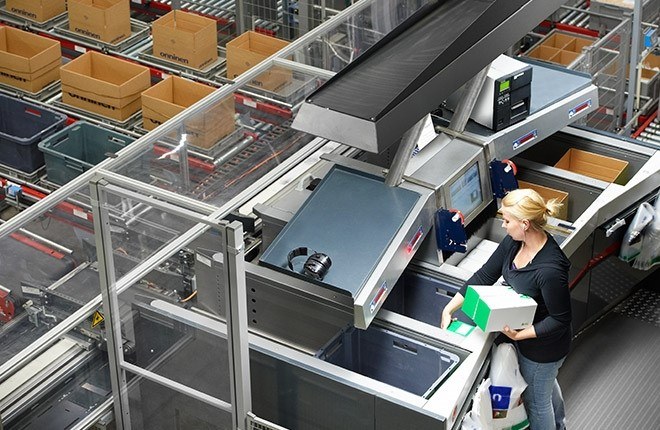

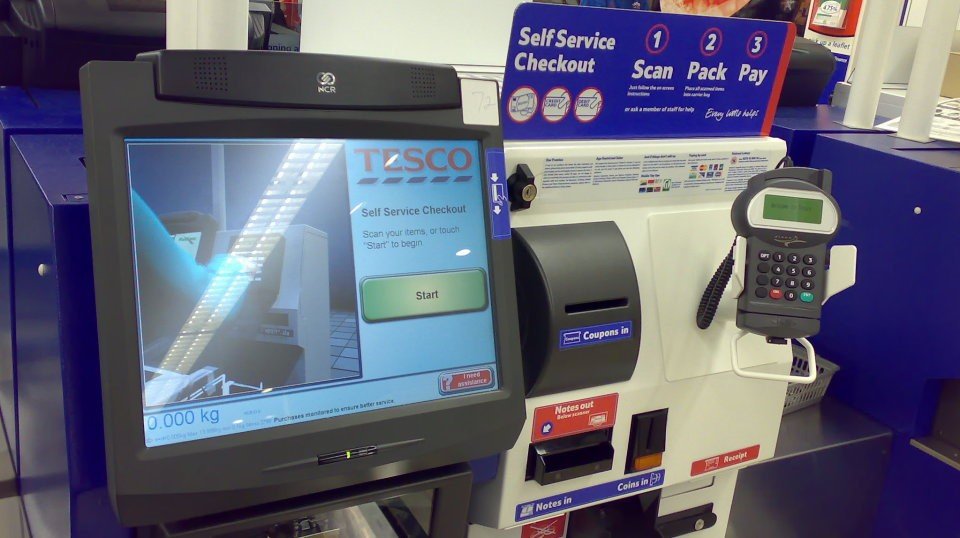
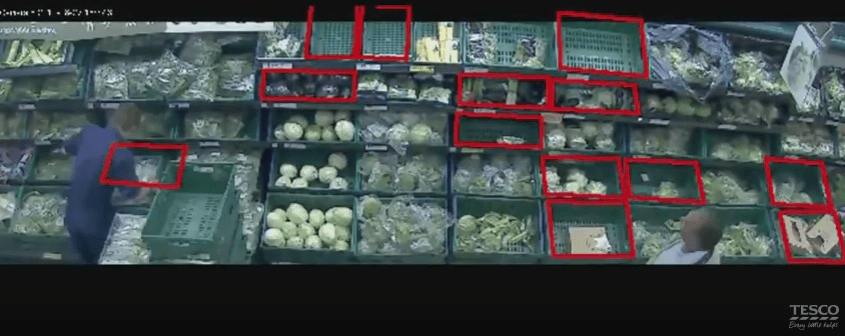
I completely agree with the idea of Tesco using technology to enhance the customer’s experience in the store. I also think that Tesco’s biggest advantage is the vast trove of data it is now collecting on shoppers through its mobile app and loyalty program. There are benefits to both the brand and consumer of Tesco having this data.
On the consumer side, Tesco can use this to enhance the customer experience, as you mentioned above. For example, since Tesco knows what a shopper has purchased, and how frequently, on average, either that shopper or similar shoppers replace a specific item, Tesco could use this to remind shoppers to buy something that they may be running low on. They can also use this to delight shoppers by suggest recipes using things they’ve purchased or offering savings on things they might want to try. They will need to handle this carefully as to not venture into “creepy” territory.
On the brand side, Tesco can unite the data from the POS and mobile device to understand which products a shopper was considering, but did not ultimately purchase. This information is extremely valuable to brands and can help them target shoppers in a way that maximizes their spend.
Thanks for a great post! It’s interesting to see how advanced Tesco is compared to US grocery retailers, especially with its online delivery platform. I think the biggest advantage for Tesco here is the data they have been able to collect with its loyalty program. I agree with Katherine that the next step is creating personalized communication at the customer level to enhance the customer experience and increase traffic in stores. My concern here is Tesco’s ability to retain strong margins. Grocery retailers already face low margins, and I’m curious to know how these investments have impacted its performance.
Wow – this is so interesting. I had no idea that Tesco was doing so much…I especially love the Broccoli cam!
One concern I have is how whether consumers actually value all these additional digital applications. A Harvard Business Review article from 2014 (“Tesco’s Downfall is a Warning to Data-Driven Retailers” [1]) discussed Tesco’s declining performance despite all the investments they had recently made in digital technology and data analysis. They quoted a Telegraph article which said “…judging by correspondence from Telegraph readers and disillusioned shoppers, one of the reasons that consumers are turning to [discounters] Aldi and Lidl is that they feel they are simple and free of gimmicks. Shoppers are questioning whether loyalty cards, such as Clubcard, are more helpful to the supermarket than they are to the shopper.”
As a consumer I would agree…although the products discussed above sound interesting…how much do value do they really provide for myself as a shopper?
[1] https://hbr.org/2014/10/tescos-downfall-is-a-warning-to-data-driven-retailers
Great read CC! It’s amazing to know that a 100-year-old retailer such as Tesco has been investing capital and innovating to stay competitive in the digital age. I loved the simple yet far-reaching functionalities of the innovations you mentioned, especially ‘the broccoli cam’ and the electronic shelf labels.
It is well known that Clubcard was pivotal in establishing Tesco as a dominant player in UK [1] but it might be time to update the way it works. With the advent of smartphones, most consumers have their loyalty programs on their phones, with easy real time access to their benefits and rewards. Customers are also happier
Tesco also has a huge potential in updating its supply chain through digital initiatives. More and more firms are relying on technologies such as Sensors & geolocation, robotics, big data and cloud services to gain supply chain efficiencies and cost savings. [2] Things are clearly working in Tesco’s favor as they enjoy fastest growth in three years as Aldi and Lidl slow [3]. Hope they realize the huge potential that digitization has to offer and keep evolving
[1] http://www.telegraph.co.uk/finance/newsbysector/retailandconsumer/10577685/Clubcard-built-the-Tesco-of-today-but-it-could-be-time-to-ditch-it.html
[2] https://www.atkearney.com/documents/10192/6500433/Digital+Supply+Chains.pdf/a12fffe7-a022-4ab3-a37c-b4fb986088f0
[3] http://www.telegraph.co.uk/business/2016/11/15/tesco-enjoys-fastest-growth-in-three-years-as-aldi-and-lidl-slow/